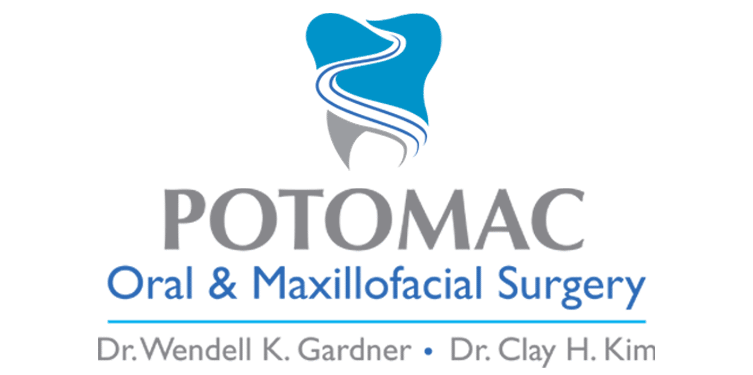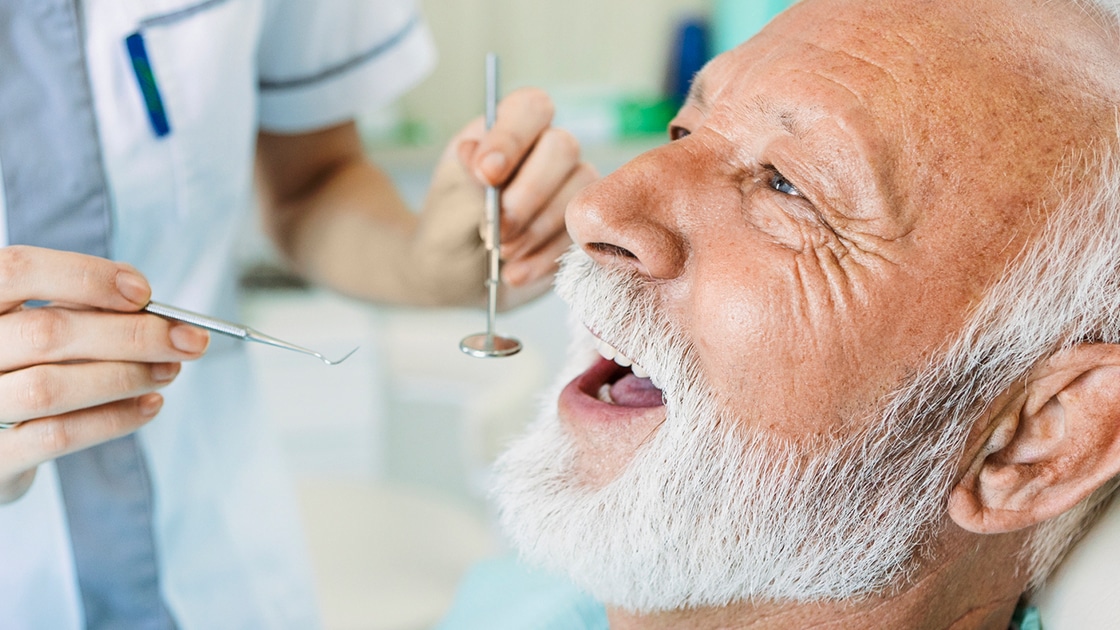
- Dunkirk office: 410-257-5333
- Prince Frederick office: 410-535-2416
Wisdom Tooth Removal (3rd Molars)
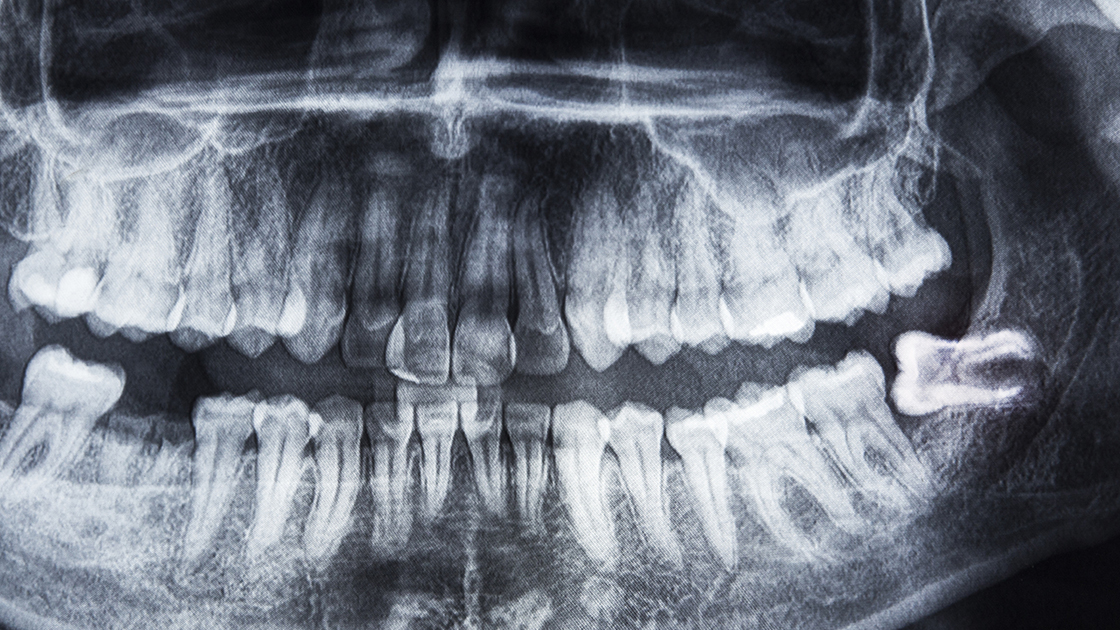
Our experienced team can comfortably remove a wisdom tooth that is deemed problematic to avoid oral complications such as crowding, pain, or infection.
Dental Implants
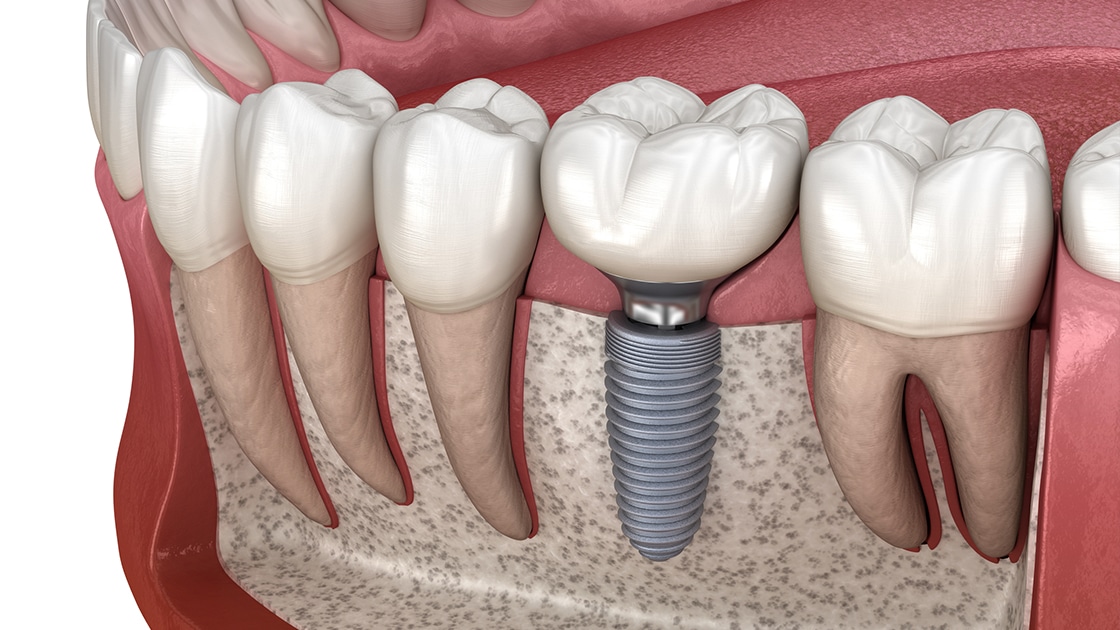
Dental implants provide a strong foundation for fixed or removable replacement teeth. Small anchors made of a biocompatible metal called titanium are seated in the jawbone to replace missing single or multiple tooth roots in the mouth.
Bone Grafting
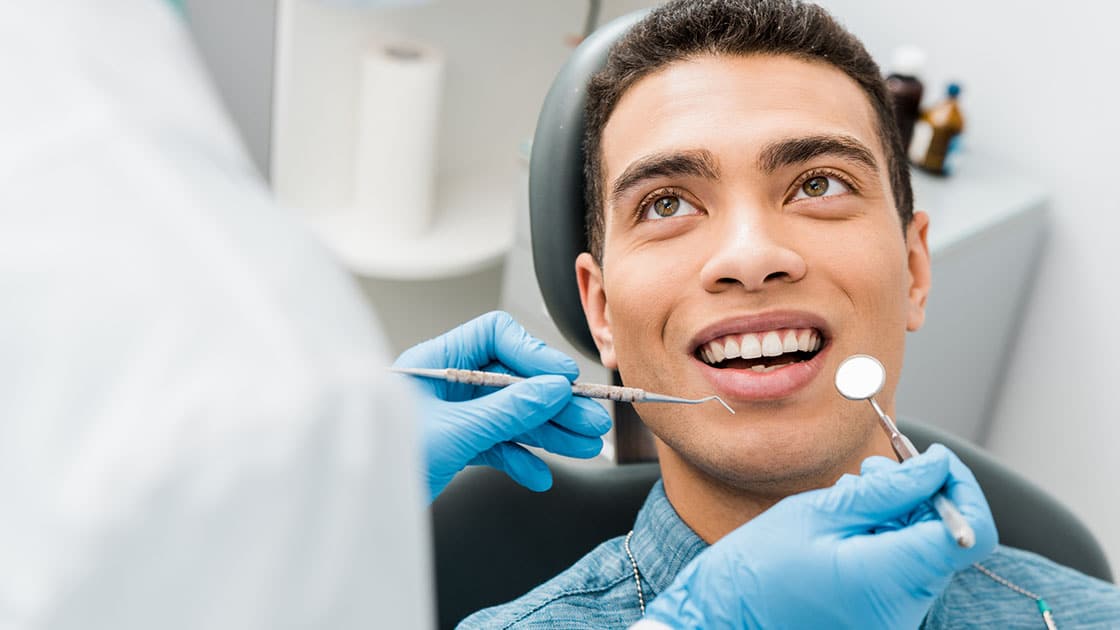
Used to replace or rebuild bone tissue around teeth, bone grafting can provide patients with missing or damaged bone effective support for dental implants or prostheses.
Sedation Anesthesia

From nitrous oxide to IV sedation, our experienced team provides a variety of sedation and anesthesia options to help patients feel comfortable during treatment.
Dental Extractions

If a tooth is broken or has significant decay and restorative dentistry has not been successful, removing the tooth may be recommended to prevent infection and achieve or maintain oral health.
Oral Surgery for Orthodontics

Our surgeons work with orthodontists before or during orthodontic treatment to assist in aligning your teeth and/or bite. Some procedures include impacted tooth exposure and orthognathic surgery.
Additional Procedures
The term dentoalveolar refers to the teeth and the alveolar bone that supports the teeth. Surgery involving the dentoalveolar area is the basis for much of oral and maxillofacial surgery. Dentoalveolar procedures include simple procedures, such as simple extractions, to much more complex procedures. Often, a combination of procedures requiring extraction, modification to the bone, and/or modification of the gum tissue surrounding the surgical site are included in dentoalveolar surgery.
Dentoalveolar procedures may include a combination of the following:
- Partial or full tooth extraction
- Removal of bone material
- Reshaping of bone material
- Soft tissue removal
- Soft tissue repair
These treatments can instantly smooth away wrinkles around the eyes, mouth, and nose.
BOTOX®
With noticeable results without surgery or recovery time, there are many reasons why Botox® Cosmetic treatments could be right for you. Botox® offers noticeable changes to your appearance without surgery or recovery time and is ideal for erasing facial lines on the forehead and around the eyes, leaving you looking more youthful and feeling more beautiful.
JUVÉDERM®
Juvederm® is an FDA Approved gel filler that can smooth away wrinkles around the nose and mouth. One treatment can offer natural-looking results for up to a year. Juvederm® can also be used in the corners of the mouth, where some patients get recurrent tears that can be susceptible to bleeding and infections.
Pre-prosthetic surgery is performed to prepare a mouth for a dental prosthesis. Surgical modification of the bone involves redesigning and smoothing edges so that a well-fitting, well-functioning dental prosthesis can be created.
Sinus lift procedures add bone to the upper jaw in the premolar and molar areas of your mouth, usually to create support for dental implants.
Facial trauma involves injuries to the bone, teeth, skin, gums, or other soft tissues.
Depending on the type of facial trauma sustained, there are many different treatment options available. The primary goals of treatment are to stop any bleeding from occurring, create a clear airway, repair any broken or fractured bone, and or suture any damaged soft tissue. Treatment is immediate, as long as there are no neck fractures or life-threatening injuries.
Oral and maxillofacial pathology refers to diseases of the mouth and the jaw. Treatment options vary based on the patient’s specific needs.
Cleft lip is an opening/split in the upper lip, and cleft palate is an opening/split in the roof of the mouth (palate). Cleft lip and cleft palate result when these developing facial structures in an unborn baby do not close completely.
A series of surgeries can restore normal function and achieve a more normal appearance with minimal scarring.
A cleft lip is usually repaired between the ages of 3 to 6 months. Some children require a lip adhesion or a device such as a molding plate to bring the parts closer together before the full lip repair. A child with a repaired cleft lip will have a scar on the lip under the nose.
A cleft palate is usually repaired between 9 and 12 months of age. To repair the palate, the soft palate muscles from each side are connected to each other and the normal barrier between the mouth and nose is created.
Additional surgeries are needed to improve the appearance of the lip and nose, close the opening between the mouth and nose, help breathing, and stabilize and realign the jaw. Once the permanent teeth grow in, braces are often needed to straighten the teeth.
